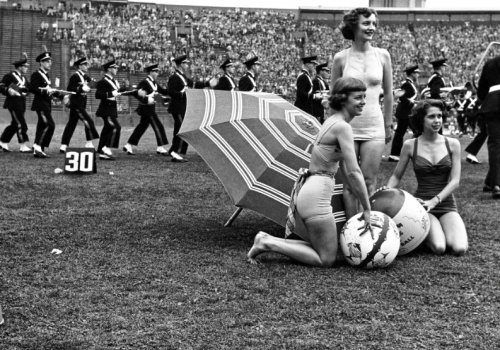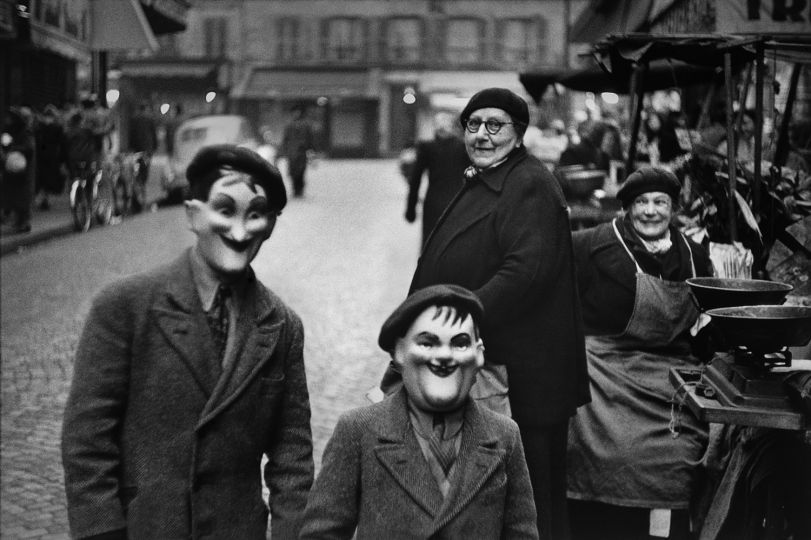In 1950, Elliott Erwitt traveled to Pittsburgh, then known as the Steel City. At the invitation of Roy Striker, director of the photographic program of the Farm Security Administration, he captured for several months the transformations of the industrial city. A large urbanization and renovation plan was put in place by authorities of the city of Pittsburgh. With the clear mission to transform the industrial, blackish, clogged city into a greener, more open spaced, in a word,a more pleasant town.
First an economist, then as a key man in the Farm Security Administration, which mission was to help and protect farmers affected by the Great Depression, Roy Stryker quickly understood the power of the photography. He saw in photography, especially documentary photography, the artistic understanding of these lives, of these farmers, their manual gestures, their labours, dedicated to the task and self-abnegation of daily work. Walker Evans, Berenice Abbott, Arthur Rothstein and Gordon Parks were among these photographers invited to showcase American agricultural life from 1935 to 1942 and from 1944 to the mid-1950s. Erwitt was one of the last commissioned by the FSA.
The vast majority of Erwitt’s negatives remained lost until the discovery by Vaughn Wallace, a student at the University of Pittsburgh. In 2011, Wallace discovered Erwitt’s negatives, contact sheets and writings in the photographic archives of the University of Pittsburgh. He showed his discovery to the photographer in 2013, as Wallace turner into a producer.
The book published by GOST Books and testimonies from Elliott Erwitt both reveal the rather brutal editing done by Roy Striker. The latter only chose photographs that perfectly matched the subjects previously defined by himself and required from the photographers. The other photographs passed by.
Erwitt was, however, free to wander, to take subjects, things and movements of the city, its inhabitants and its life as he wished. With his own expression, Elliott Erwitt sought to capture the city. Pittsburg 1950 testifies to the artistic first steps of the photographer, the formation of his vision, as well as the urban and social transformation of the “Steel City”.

















